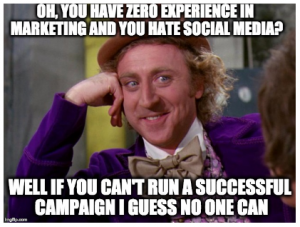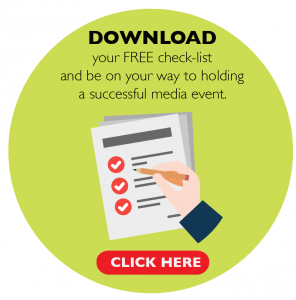This feature is part of a regular series”Getting frank with Joe” giving you a brutally frank, yet realistic look at the business world.
Look, I get it. You’ve worked your arse off building your business – you deliver a product or service you are proud of. The market is simply waiting for something like this and a massive increase in sales is just around the corner simply because you have nailed it. Right? Wrong.
When you fail to communicate your brand, you will not achieve the success you aspire to and – most likely – will crash and burn. I’m not about to give you a step-by-step guide on how to do that but I will give you a few pointers to keep in mind.
- Your business is not unique
I’m a simple guy; I love the idea that a person can deliver an exceptional product and it will become a success. But unfortunately those times are no longer here, if they ever existed.
Sure, there is the odd exception, but when you do come across those rare cases, there is a specific purpose and strategy behind it. Think of those cool bars with a secret entrance and no obvious branding. They didn’t get popular simply because they make a good cocktail, there is a specific strategy behind their success. This can be a mix of PR, word of mouth and social media. I’ve seen amazing businesses go under because they wanted to be underground or aloof, without understanding how to effectively communicate.
It’s not just lifestyle either. Whether you are in construction, B2B technology or whatever, if your target market doesn’t know you exist, can’t relate to you, or they don’t easily understand your key values, then you are not building the long-term relationships that is needed to scale your business.
- Take a look in the mirror
All founders need to take a good, hard look at themselves before getting too involved with branding at a creative level for both planning and execution. Supply the vision and ethos that will guide the strategy, but if you lack the skills, understanding, or even interest to get involved, then please don’t.
I’ve seen all sorts of approaches towards brand strategy and communications, where the CEO doesn’t have any experience or know what they are doing. If they recognise they lack in the area, they are often fine. The others, less so.
In one meeting, I met the CEO of a tech company that had successfully raised millions in funding. It was an amazing platform and should have done really well in the market since they launched 18 months earlier. Yet here they were looking for desperate last ditch measures to get sales, so they could raise more funding just to survive.
I asked the CEO about his marketing and branding strategy. There was none. He even told me he hates doing “that sort of stuff”, yet he was the one in charge of executing it. Unsurprisingly, the marketing efforts fails, and then the CEO decides it doesn’t work.
With millions of dollars and over a year of operations, this company had built itself a large global team, yet not one person outside of the CEO had a role that involved giving thought on how to actually get the product in front of paying users, or how to build the brand or to scale it (beyond tech requirements).
So there you have it! Stay tuned for the second instalment to my branding series where i’ll guide you on how turn failure into success.
In the meantime, drop me a note at [email protected] if you could use a hand promoting your new idea.
Missed the first Getting frank with Joe instalment? Check it out here.





